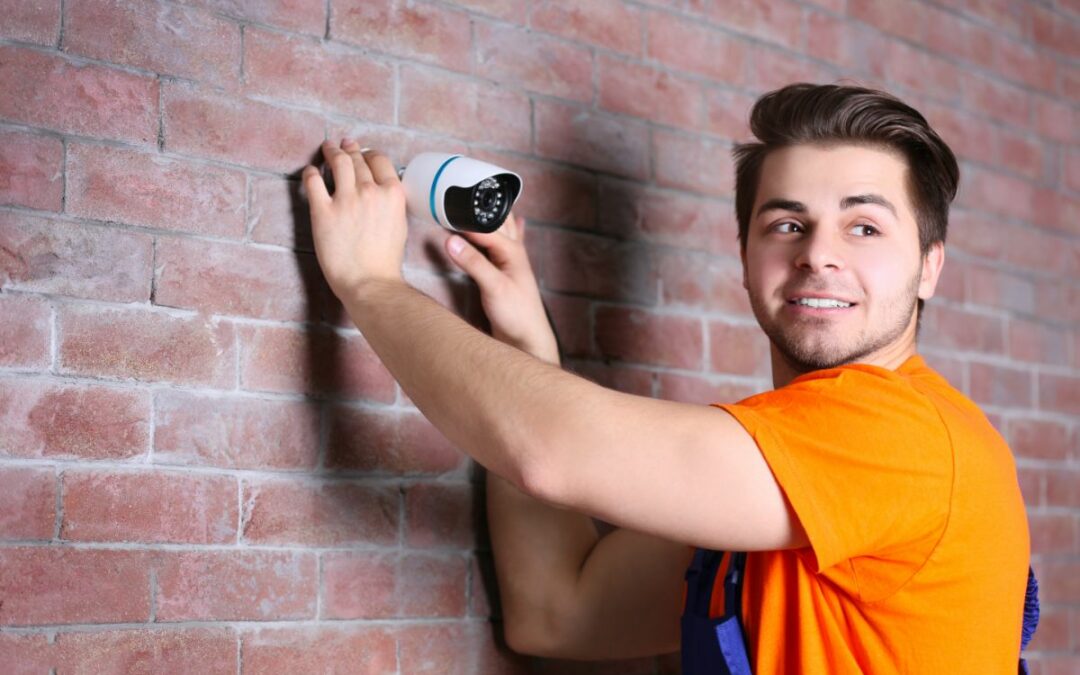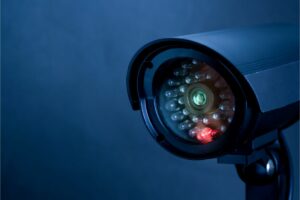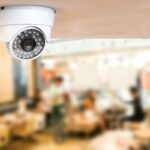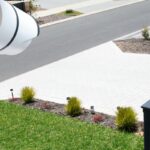Here at SystemLinks in Colorado Springs, we often get calls from individuals who need help fixing mistakes when installing CCTV at their Southern Colorado home or business. And we are happy to help. When installing a surveillance system for the first time, the fact is that you don’t know what you don’t know.
Until now, that is. We have compiled a list of the most common beginner mistakes when installing CCTV.
Expecting a One-Size-Fits-All Security Camera Solution
One of the most common mistakes when installing CCTV occurs way before installation and even before you buy the equipment. The most common mistake is expecting all security cameras to perform all jobs. Security cameras are not all equal, and some are better suited for specific tasks than others.
For example, if you want a security camera to accurately capture images and video of vehicle license plates as they enter your parking lot, your needs will be different from someone who wants facial recognition. Every security camera you install will not perform every job. These cameras function best when you fully understand their features and then fine-tune the settings to capture the video you want.
Before you begin investing in cameras, ask yourself what your final goal will be. If your goal is to read license plates, investing in a security camera designed exclusively to detect and record them will serve you best. Taking the time to think about what you want from your security footage before you install your CCTV system will prevent many problems, headaches, and wasted money down the road.
While thinking about what security cameras can and cannot do, realize that even with digital zoom, you cannot increase the resolution beyond what already exists in the picture. No digital imaging software can produce new pixels, despite what Hollywood says.
Related: Using Security Video as Legal Evidence: What You Need to Know
Not Taking Advantage of Your Security Cameras Full Capabilities
Field of View
Another beginner’s mistake when installing CCTV is not maximizing the field of view of your security cameras. Positioning your security cameras right is the key to getting the most out of your system. A camera pointed mainly at the sky or ceiling will not record events on the ground.
Pro Tip: If you can view your security camera stream from a mobile application, you may want to take advantage of that feature while installing the camera. This will keep you from walking back and forth from your computer to your installation site.
Always remember that minor angle adjustments can make a big difference here.
Placement of Cameras with Infrared Lights
While we are talking about camera position, we also want to include a tip about how infrared (IR) security cameras work. A beginner’s mistake when installing CCTV systems is thinking that your IR-enabled security camera can actually “see” in the dark and records footage accordingly. This is not true. All cameras require light to take pictures, and IR-enabled cameras are no exception. They do not see in the dark but rather have IR lights surrounding the camera that detect heat signatures and thus “light up” a dark room.
Therefore, the position of the security again makes a difference with what is captured on video. If you find that your IR-enabled camera is recording video of a wall while leaving the rest of the room in the dark, you will need to change the location of the security camera. Likewise, IR-enabled cameras outside may suffer from “bounce-back fog,” which occurs when the IR lights are pointed toward a street light or other light source in the dark.
Underestimating The Amount Of Recording Space You Need
Whether wireless or wired, CCTV systems rely on a digital video recorder (DVR) to store the video. One common mistake when installing CCTV is underestimating the storage space you will need on the DVR. Especially when recording data from high-resolution cameras, files can be quite large. We recommend installing a DVR with ample room to store your data to avoid missing vital recorded footage.
Weatherproofing Only the Equipment
A total beginner mistake when installing CCTV is only ensuring your camera is weatherproof, forgetting that the connections and cables also need protection from Colorado weather. If you want your cables and connections to last as long as the security cameras and DVR, you must ensure that you weatherproof these. Rain, snow, and even the debris from the windstorms of recent years can damage, corrode, and otherwise ruin your connections and cables, rendering your security camera system useless.
How Can You Avoid The Biggest Mistake When Installing CCTV?
All of the above beginner mistakes can be avoided in one, easy-to-perform step — call System Links for your free on-site consultation and quote. Our expert security camera installers know that every installation is different and requires a personal, hands-on approach to give you precisely the CCTV footage you need.
Simply said, we have the experience and know-how to get the job done right the first time and have a wide range of CCTV service agreements and maintenance plans available to keep your system running right for years to come.
What are you waiting for? Speak with one of our expert CCTV installers today.





